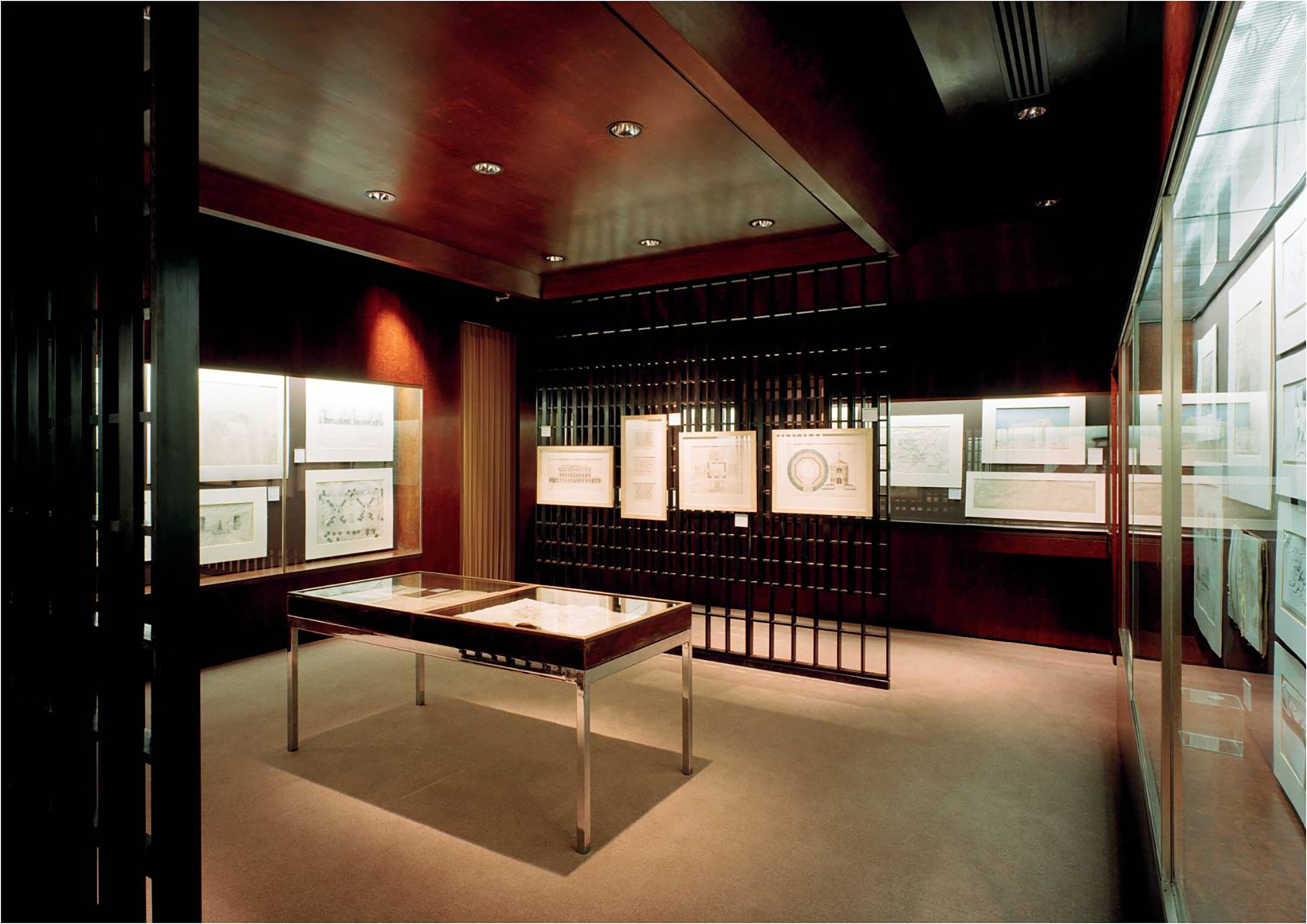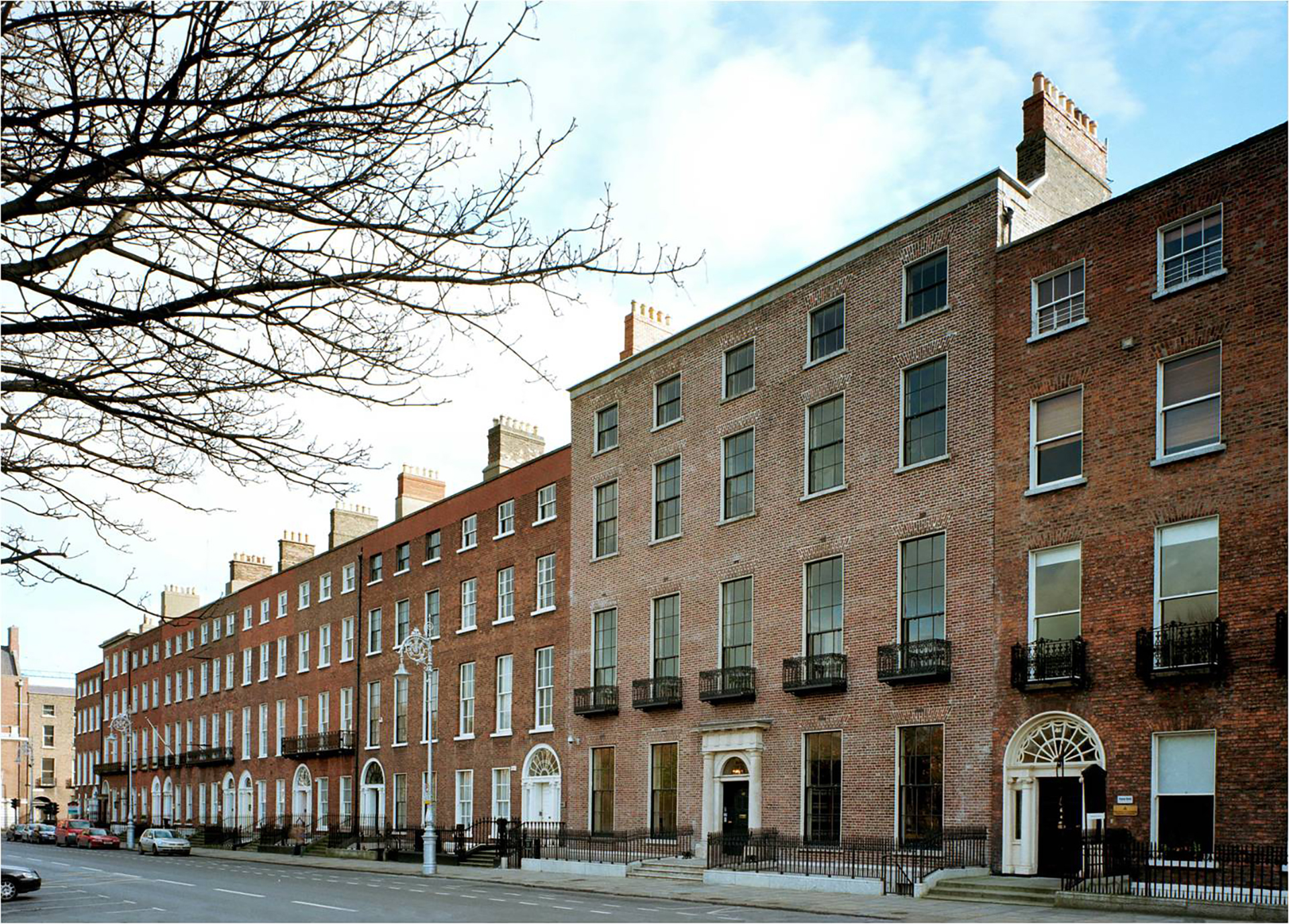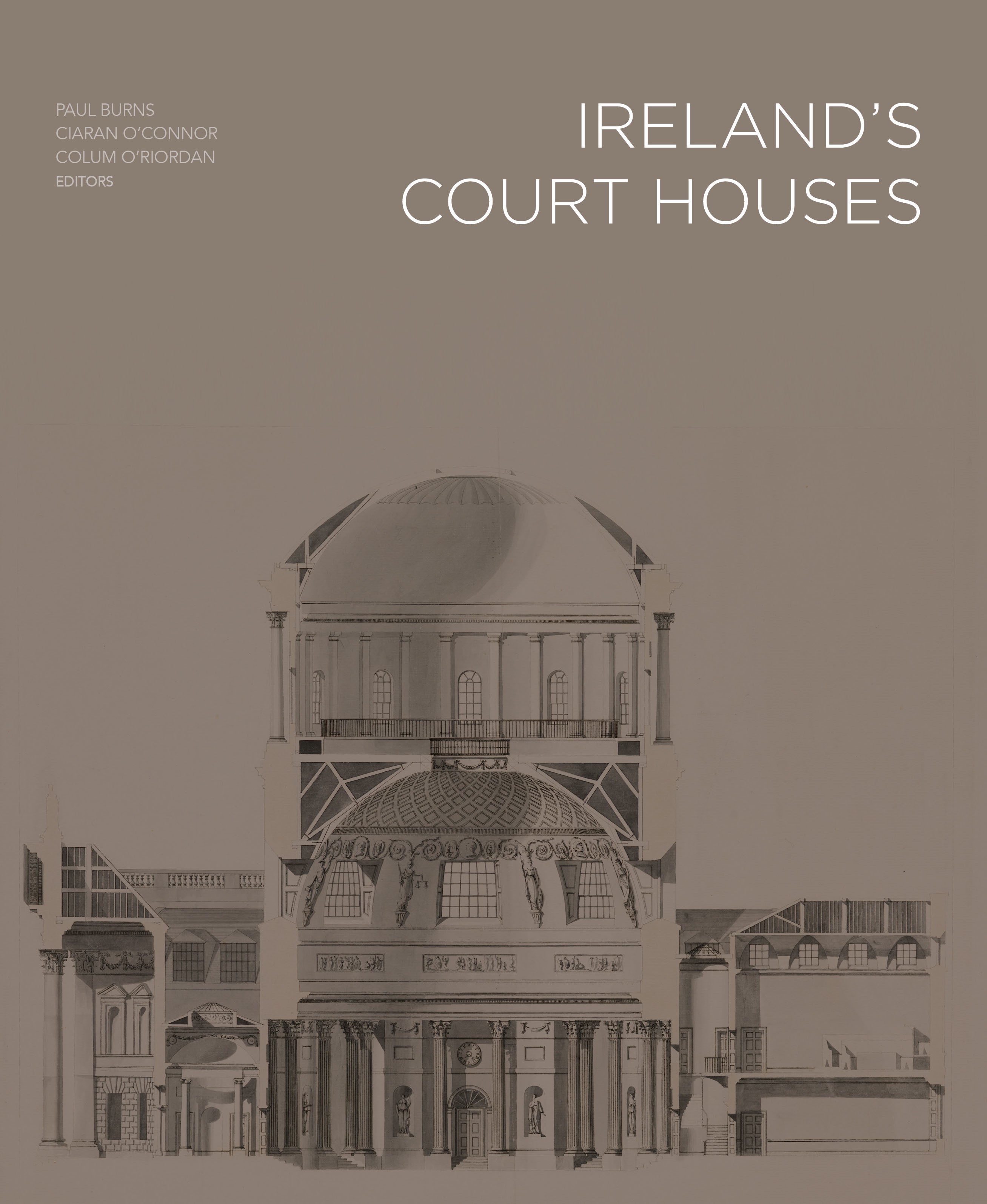In 2017 the Irish Architectural Archive was asked by the Office of Public Works and the Courts Service to consider contributing to a proposed new book on Irish court houses. The standard work, The Courthouses of Ireland, a gazetteer compiled by Mildred Dunne and Brian Phillips (Heritage Council, 1999) was out of print and no longer available. The fact that a major nationwide court house construction project was coming to an end provided an added incentive to pause and reflect on the architectural legacy of this building type.
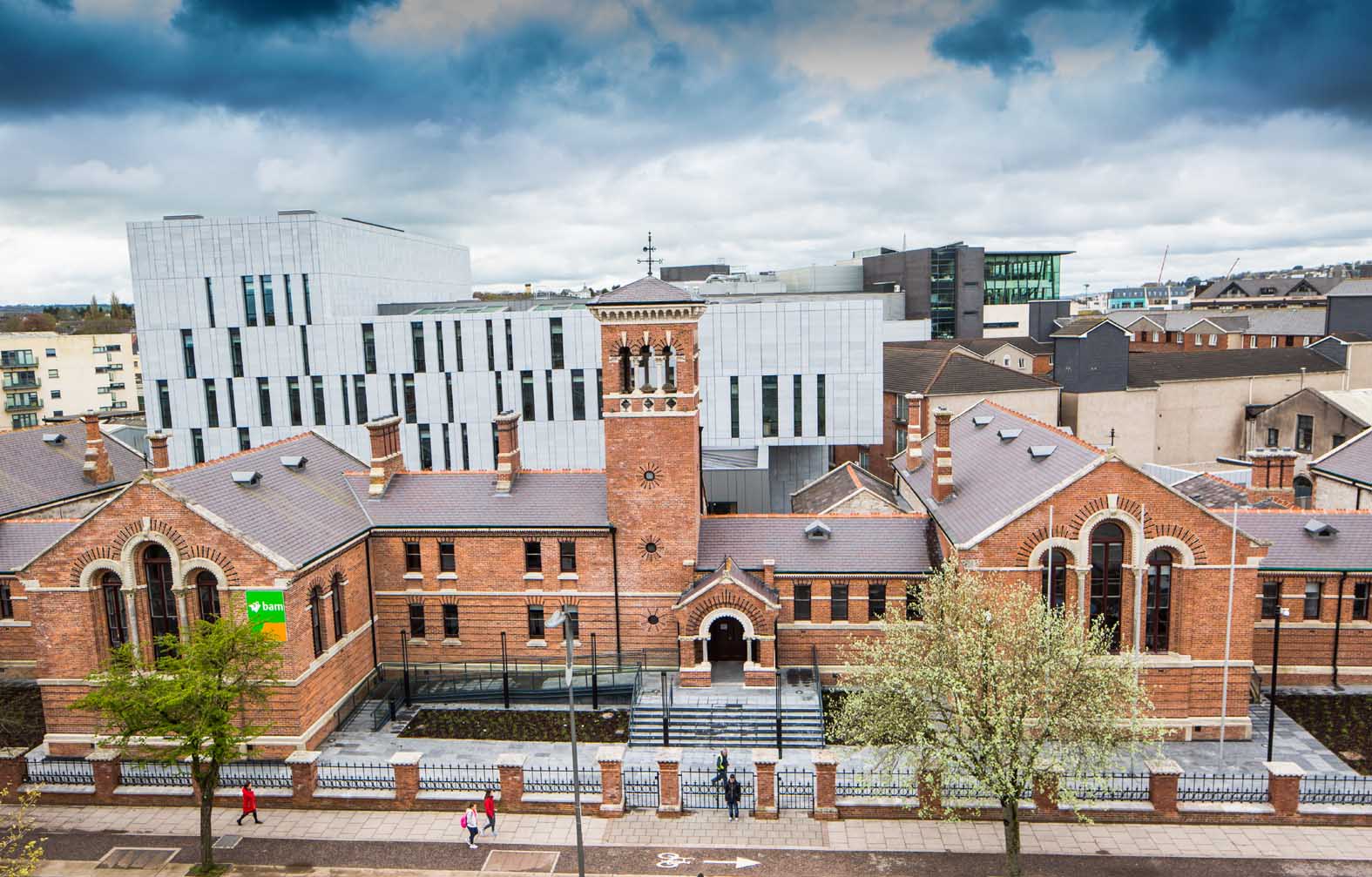
The Archive considered what it could contribute to such a project and proposed a new gazetteer of Irish court houses, as those which had appeared in the past were incomplete, either concentrating on particular classes of court house (county court houses for example) or on court houses in confined geographical areas (Ulster for example). The new gazetteer would include a listing for all buildings erected to be, or used for an extended period as, court houses across the island of Ireland.
Based on an initial analysis of previous lists, we had an expectation that such a complete listing might contain between 250 and 300 buildings. In the end, the gazetteer contained in Ireland’s Court Houses (Paul Burns, Ciaran O’Connor and Colum O’Riordan eds, IAA, 2019), has no less than 763 separate entries (a number of which refer to more than one building).
How did we find so many? The first thing to say is that we actually began by excluding some court houses, or rather buildings that had been used by courts. Courts in Ireland have a deep history but we decided that we could not try to identify every medieval structure (extant or otherwise) that might have housed court sittings, civil or ecclesiastical. In general, we limited ourselves to court houses of the 18C and after.
At the other end of the timeframe, we also excluded buildings used in the period 1919-21 by so-called Sinn Fein, Dáil or Republican Courts. These buildings were summarised by Cahir Davitt in his Bureau of Military History witness statement as ‘any place with four walls and a roof that could be made ready and reasonably usable for the purpose’ (Bureau of Military History WS 993 http://www.militaryarchives.ie/collections/online-collections/bureau-of-military-history-1913-1921/reels/bmh/BMH.WS0993.pdf). The only actual court house used for sittings of these courts would appear to have been the Four Courts, on the grounds, Davitt claimed, that it was the last place the authorities would expect to find such a court sitting.
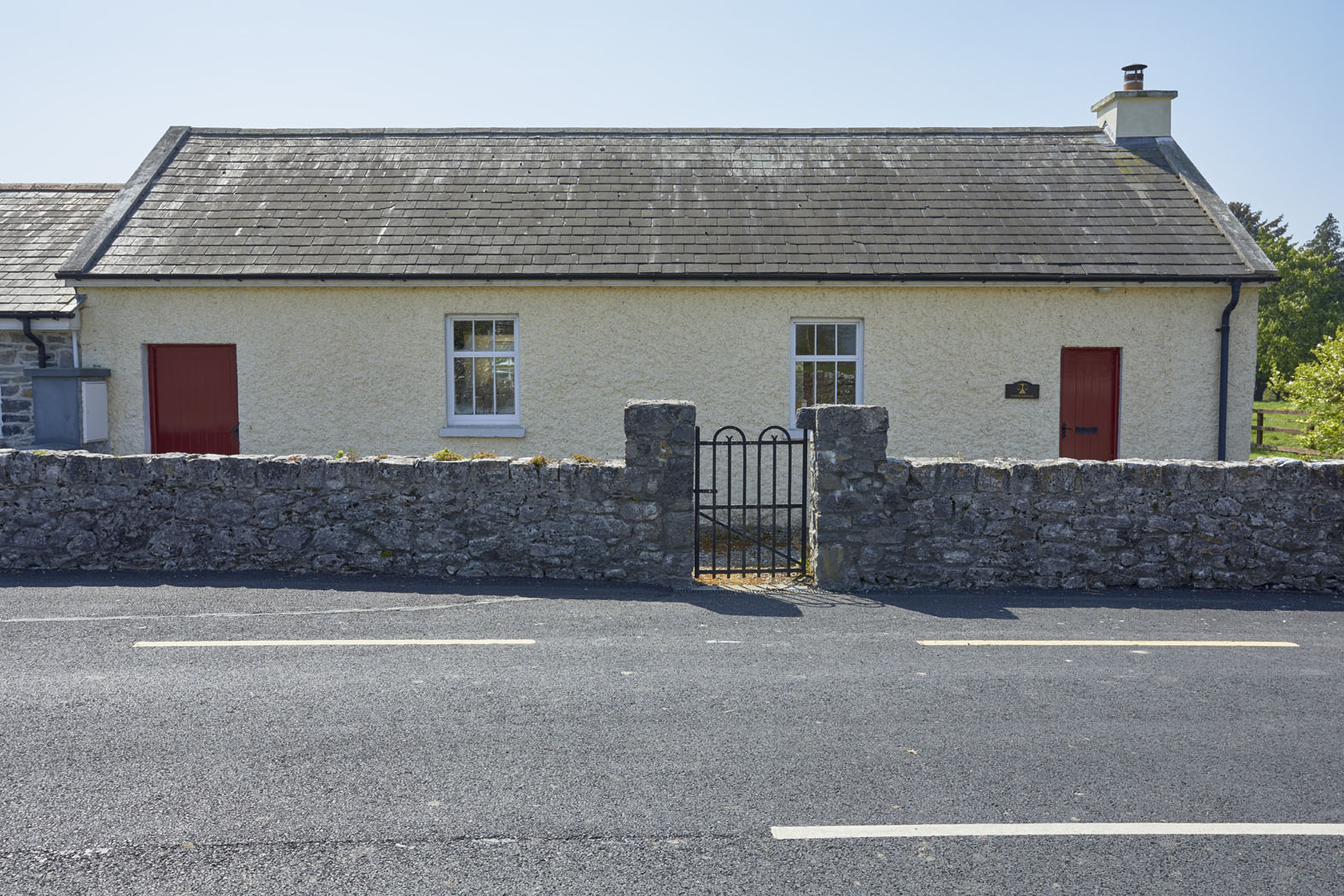
The most common court type in Ireland by the end of the 18C was the petty sessions, and it was the provision of accommodation for sittings of the petty sessions that laid the foundations for the court house network across the country. Above the petty sessions was a hierarchical court structure rising through quarter sessions and county assizes to the supreme courts of the land, each of which required accommodation befitting and reflective of its status. Generally, lower court sittings also took place in the buildings provided for higher courts. Petty sessions court houses were only used for petty sessions, but petty sessions were also held in court houses provided for quarter sessions, and both were held in county assizes court houses. Petty and quarter sessions court houses tended to be more elaborate than a court house intended just for petty sessions, while the county court houses were more elaborate still.
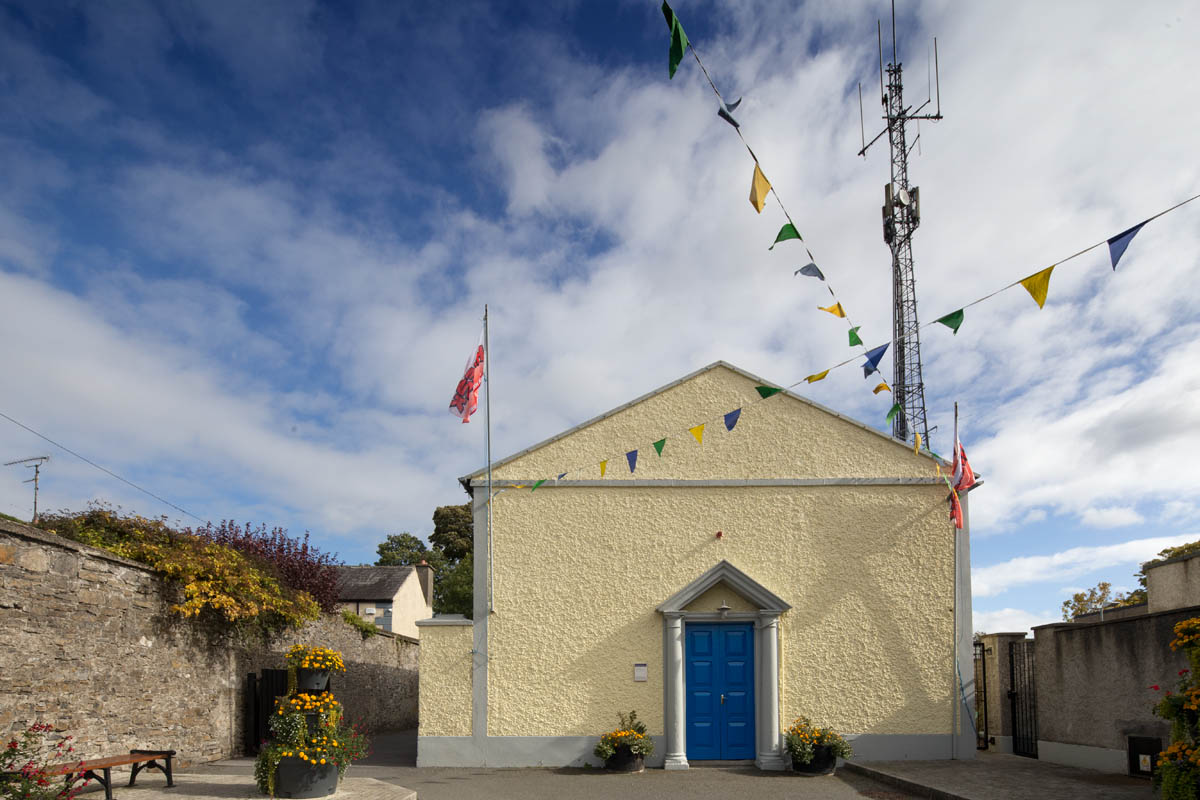
The country was divided into petty sessions areas in each of which was a designated place for the holding of the sessions. The fact that a petty sessions court operated in an area can be established from a variety of sources including Samuel Lewis’s A Topographical Dictionary of Ireland (London, 1837), the 1842 Return from every Petty Sessions in Ireland… (https://archive.org/details/op1246027-1001/mode/2up), the 1882 Petty Sessions Districts of Ireland published as a supplement to the 1881 Census, the surviving records held in the National Archives of Ireland, especially the court order books, and the lists of petty sessions locations published in country-wide directories. At its height in the mid-19C there were over 560 petty sessions areas across Ireland.
Once we had identified the petty session areas, we turned to maps – notably the first-edition six-inch (1:10,560) OS map, 1831-42, and the 25-inch (1:2,500) OS map, 1890-1911. These helped us to identify which building within a particular location was the court house. Indeed, for many petty sessions court houses, the only evidence of their precise location is their inclusion on a map. The 25-inch maps in particular can also provide an indication of size and plan of individual buildings which are now lost. Some of these were simple cottages or houses, some adapted or dual-purpose market and court houses, but many more were purpose built.
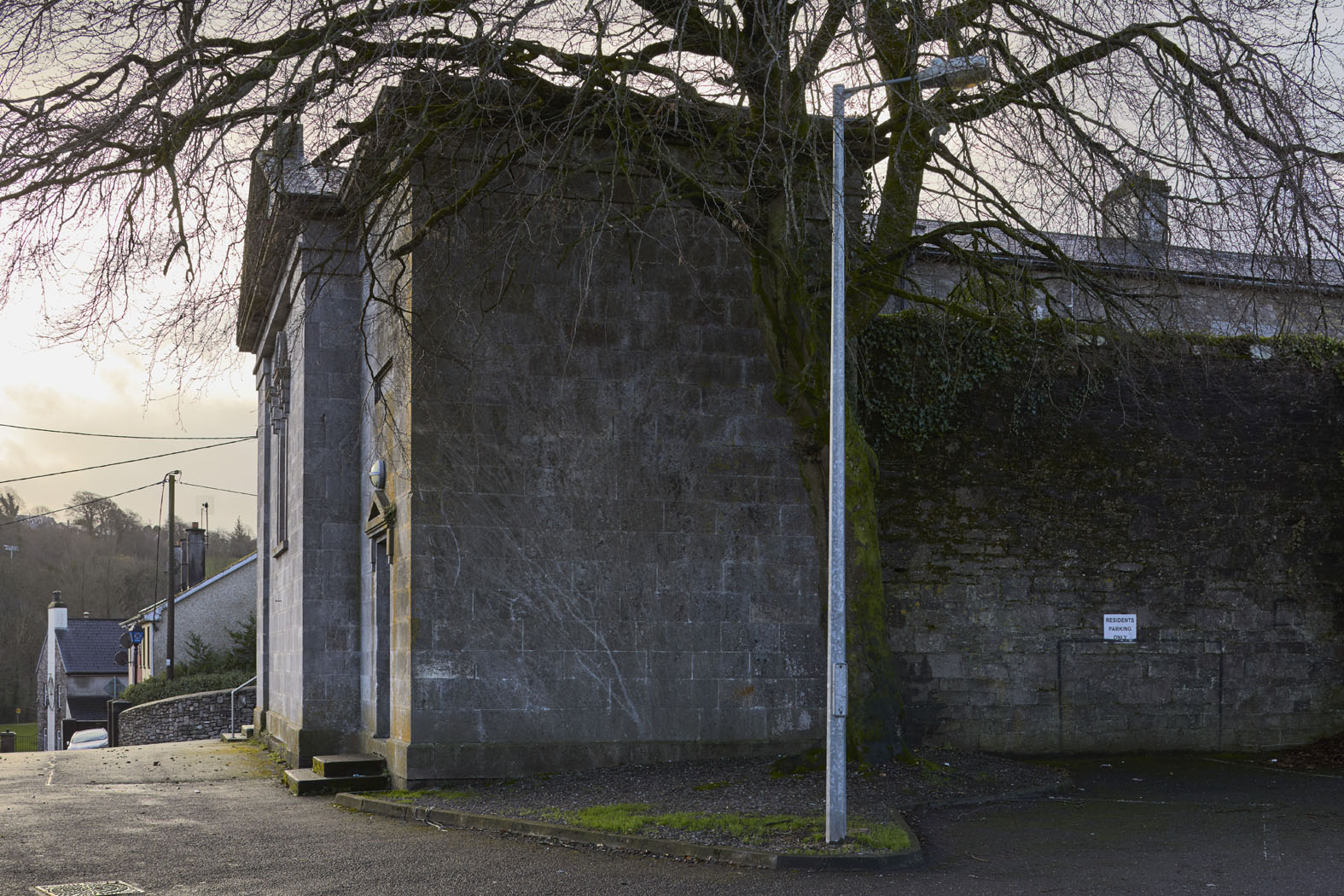
Maps can only show where a court house was at the time the survey on which they are based was carried out. Over time court sittings could relocate from one building to another within a particular location. In the 1830s, for example, the petty sessions in Ballynacarrigy, Co. Westmeath, took place in a building just to the north of the village. By the late 19C they had moved to a building at the south end of the village’s main street. Where possible, these changes were traced in the gazetteer resulting in multiple entries for some locations.
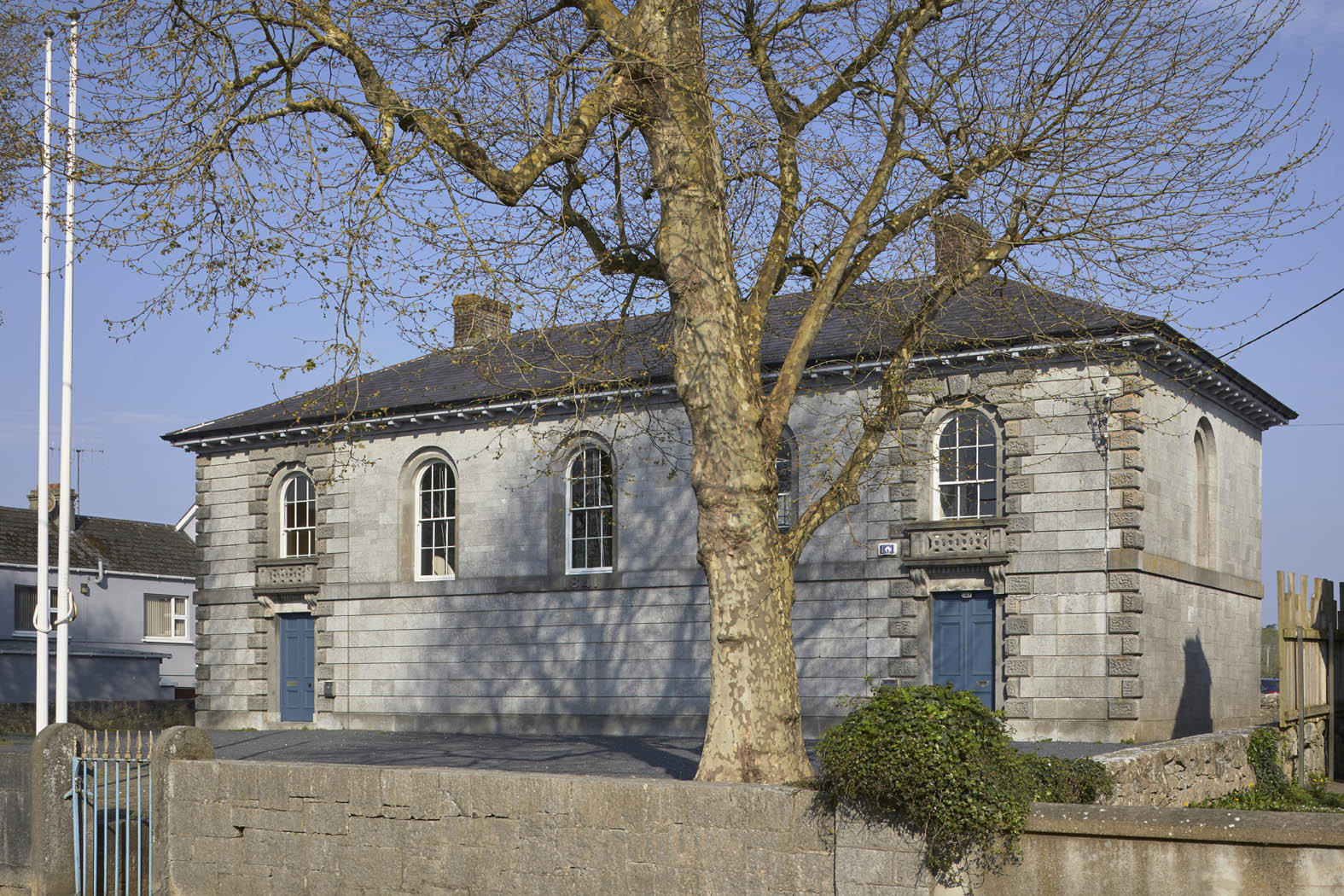
Conversely, it was not always possible to identify any building in a petty sessions area which was used for court sittings. For instance, it is known that petty sessions were held in Crusheen, Co. Clare, once a fortnight in the 1830s, and in Feakle, Co. Clare, every second Friday in the 1890s, but no building has been identified as a court house in either place. For the fewer than fifty known petty sessions locations for which an individual court house has not yet been identified, such information as is known has been included in the gazetteer. It is hoped that users of the gazetteer might help identify these missing court houses over time.
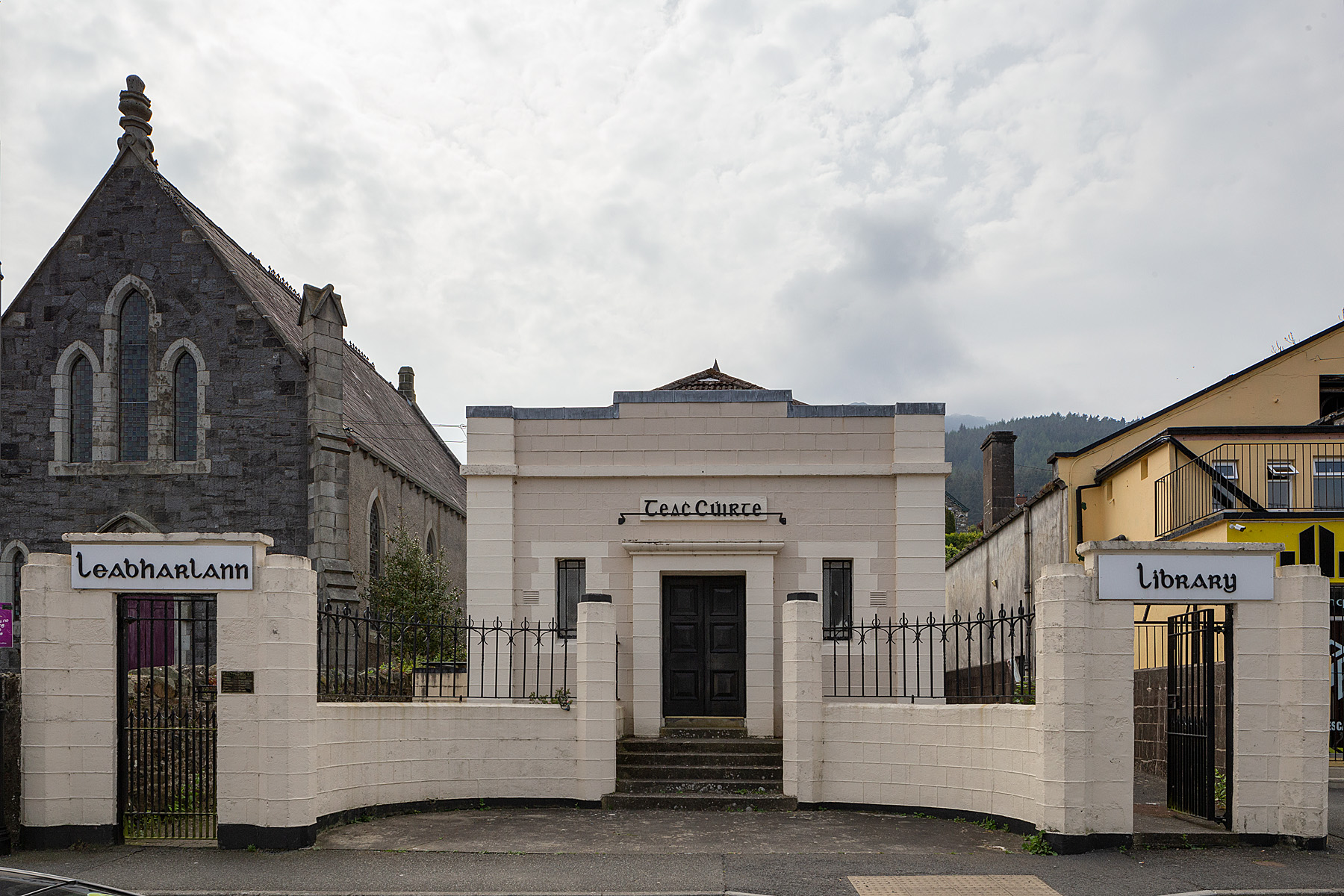
Aside from the six counties of Northern Ireland, in 1923 petty sessions courts became District Courts and existing petty sessions buildings were pressed into District Court use. A similar pattern can be seen for the higher courts, as the Circuit Court occupied buildings previously used for quarter sessions or county assizes. By and large, no place became a District Court location that had not previously been a petty sessions location and so there was a substantial continuity of court house use into the mid 20C. However, many petty sessions locations ceased to exist under the new dispensation, and their court houses fell out of court use. In 1927 there were 338 District Court areas. This dropped to 227 in 1961 and from the mid-1990s, and in particular in the post-Celtic Tiger era, the number of District Court locations was reduced still further to under seventy by 2019.
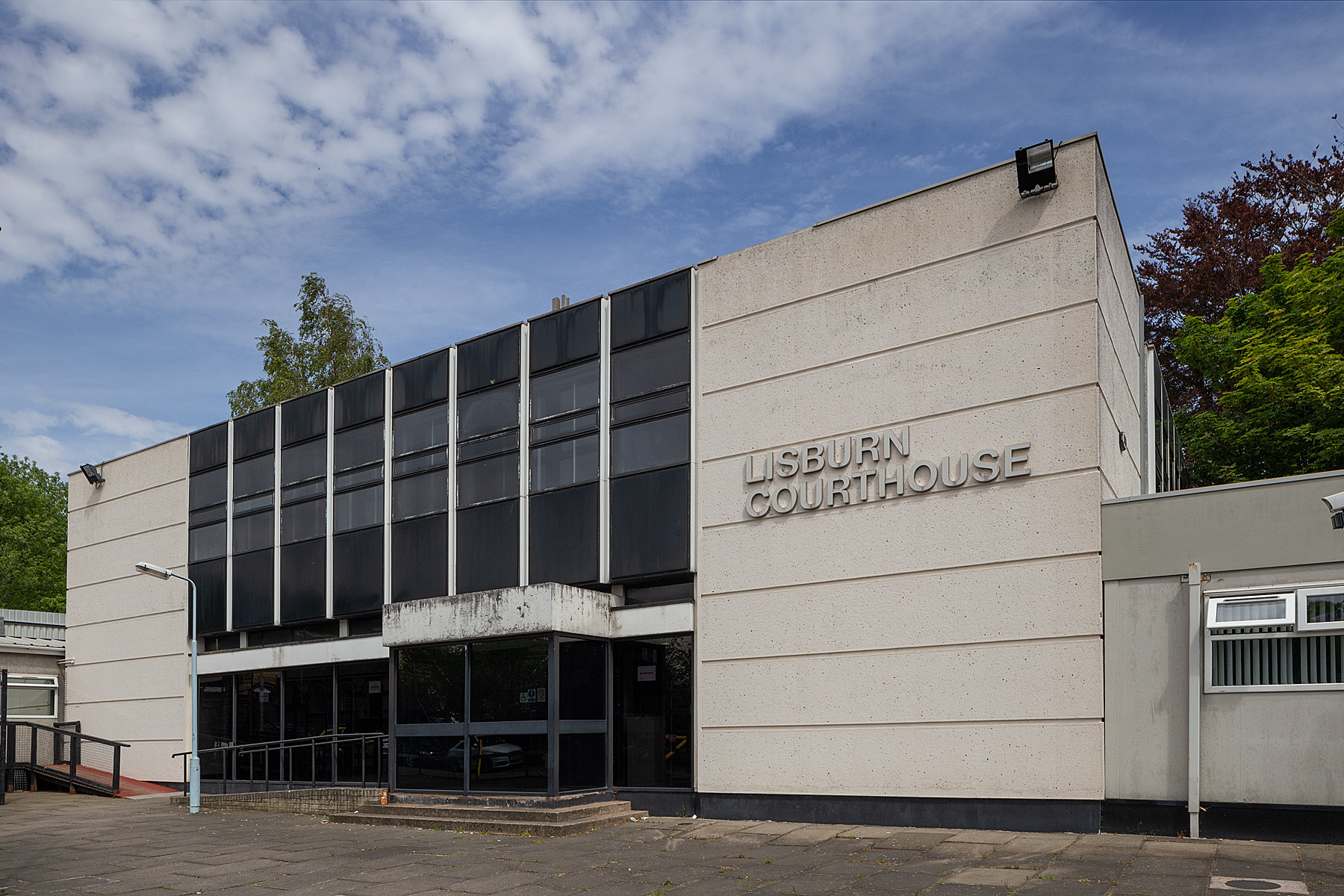
In Northern Ireland, there was less immediate rationalisation after partition and by 1946 there were still 101 petty sessions locations in the six counties. The impact of the Troubles accelerated consolidation. In 1978 there were fifty-eight petty sessions areas across Northern Ireland, falling to twenty-six in 1979 and twenty-one in 1994. Rationalisation has continued into the 21C.
From a high of over 600 buildings in active regular use as court houses in the 1880s, there are now fewer than 120 across the island.
The completed gazetteer is included in Ireland’s Court Houses (IAA, 2019). For each entry, an effort has been made to establish some basic facts including the precise building used as a court house, the architect, the date of construction, a brief description, a record of any substantial additions or alterations, an indication of when court use came to an end, and the subsequent fate of the building. Where possible, an image of the court house had also been included.
Colum O’Riordan and Eve McAulay
